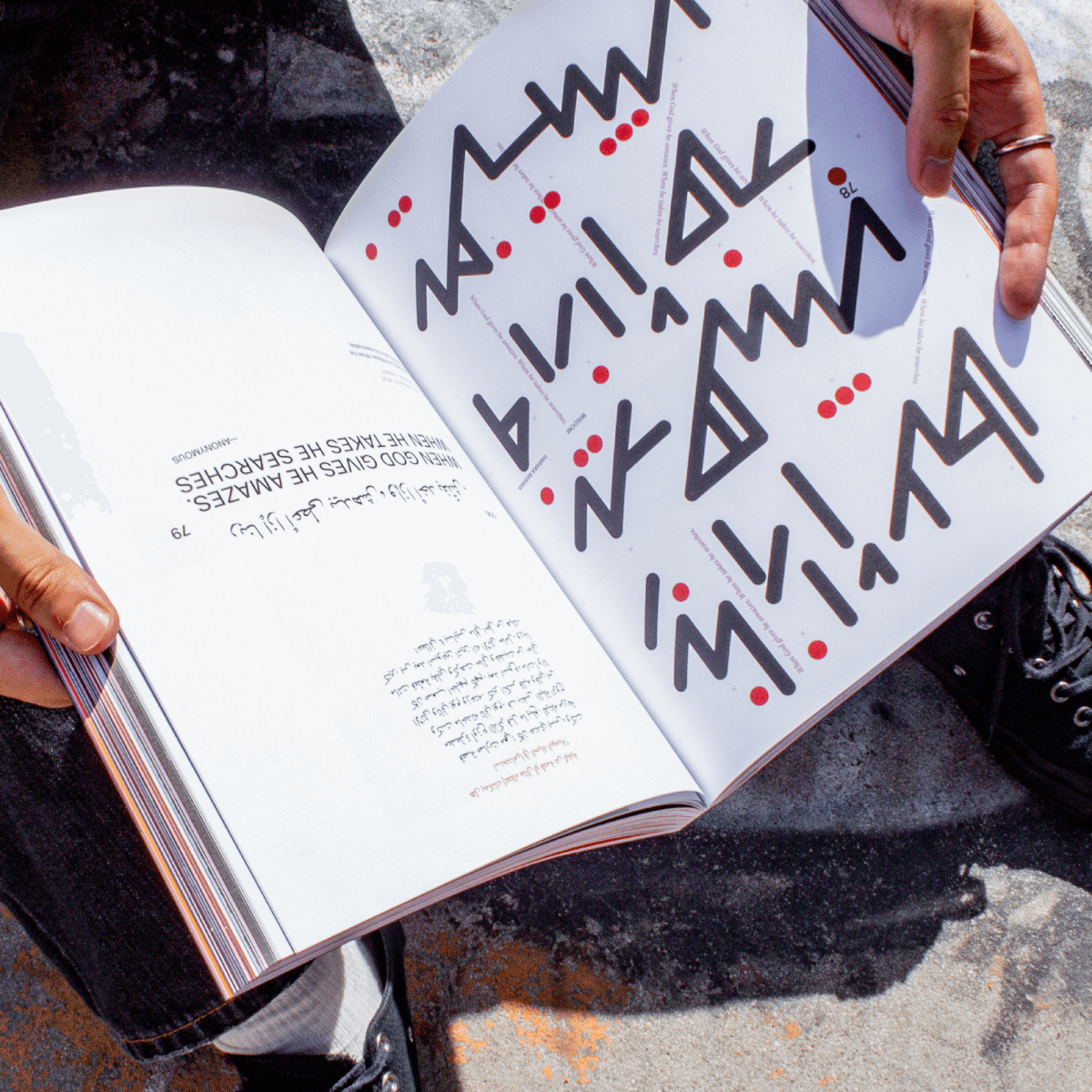Designing at the junction of two worlds: An interview with Samar Maakaroun
Pentagram partner and Lebanese-born designer Samar Maakaroun opens up about her childhood and way into design, bilingual projects, her own studio, and her recent partnership with Pentagram.
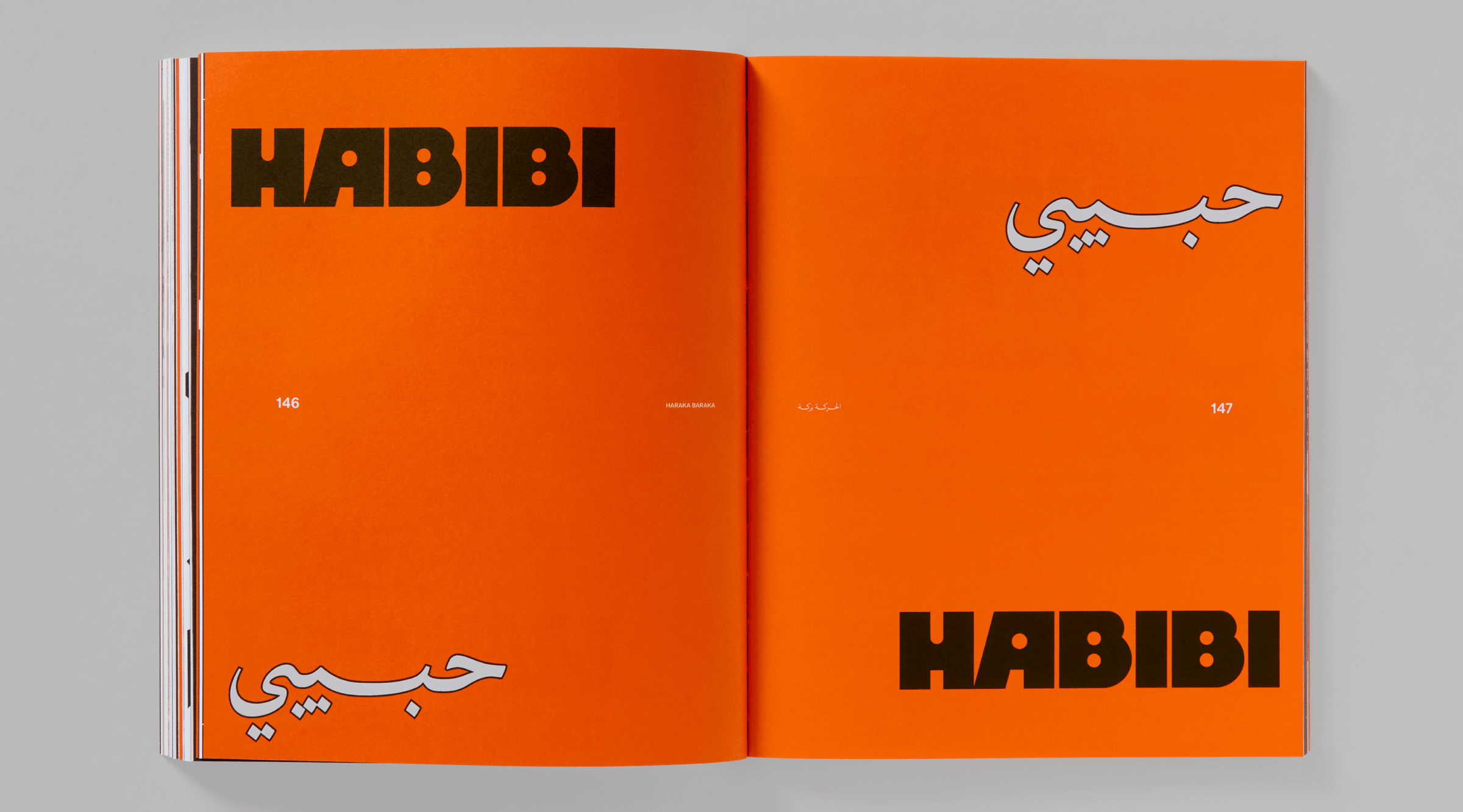
Growing up in Lebanon during turbulent times, she found inspiration in creating. Now she lives in London but never leaves her Lebanese roots, gracefully merging East and the West in her designs.
Meet Samar Maakaroun, Partner at Pentagram and designer behind Apple’s launch in the Arab world. She’s also shaped the brand identity for the city of Dubai and dozens of major design projects interlinking the two worlds. In this personal reflection, Samar Maakaroun shares her major life milestones, dwells on the state of design in the Arab world, and touches on playfulness in work and the importance of contexts in visual communication.
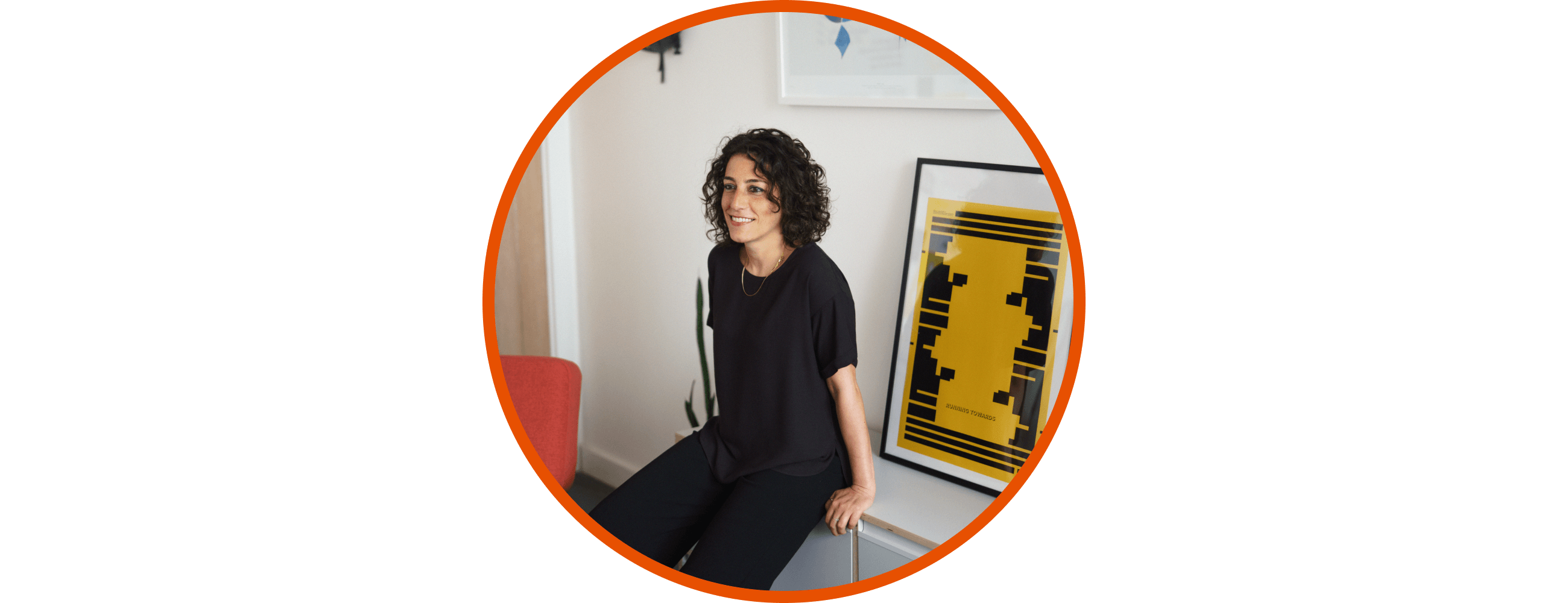
Finding inspiration during tough times
I grew up during the Civil War in Lebanon. I remember there was a sense of anxiety coming from the adults, who didn’t want us out of their sight for too long. As kids who grew up in chaos, we don’t take things for granted and we don’t assume that our governments or systems are working for us. Unfortunately, this is still the case today in Lebanon and, one could argue, in many places around the world.
Back then, I found a lot of joy in drawing and building things. Maybe that’s what kept me focused. Creating was also a safe place—my world with a bit of paper and a bit of color.
Having 24-hour electricity and hot water isn’t everyone’s reality, but sometimes, such limitations make room for creative solutions. For example, because the power in Beirut is unreliable, someone recently developed an app that shows the outages. You check it before going into an elevator to know if you’ll get stuck and when the backup power kicks in. When there’s no power, you can see older women lowering a basket from their balcony to the shop downstairs, asking the shop owner to put the goods there so they don’t have to take the stairs up and down again. We make do with what we have.
Blind-swapping math for design and finding her biggest passion
My journey into design was totally accidental. I don’t think I knew many creative people, let alone a successful creative female leader. All I knew was that I wanted more in life, and I always wondered why the women around me couldn’t dream bigger.
After school, I decided to apply to the American University of Beirut. I’d studied at a French school before, so I didn’t have a full command of the language. I told myself that if I didn’t pass the exams, I wouldn’t lose much, but I had to try. I got lucky by nailing my English test with only one extra point, and got accepted into two of my first choices: Mathematics and Graphic Design.
I went to register for the School of Mathematics, as I’d agreed with my parents. While still at the campus, I decided to visit the Graphic Design department, which was very different from the sciences. I remember thinking, “I’m not meant to be in a dry, black-and-white world.” I just didn’t see myself there, so I swapped my registration from the School of Mathematics to the Graphic Design department at the very last moment. Back then, I didn’t know what graphic design really was, but it sounded more fun. I had an hour to come up with a story for my parents on my way back home but ended up just telling them the truth.
In response to my change of heart, my dad, who was a very open-minded man, said to me, “I’m not sure what this major is, but it’s your life, and your choice”.
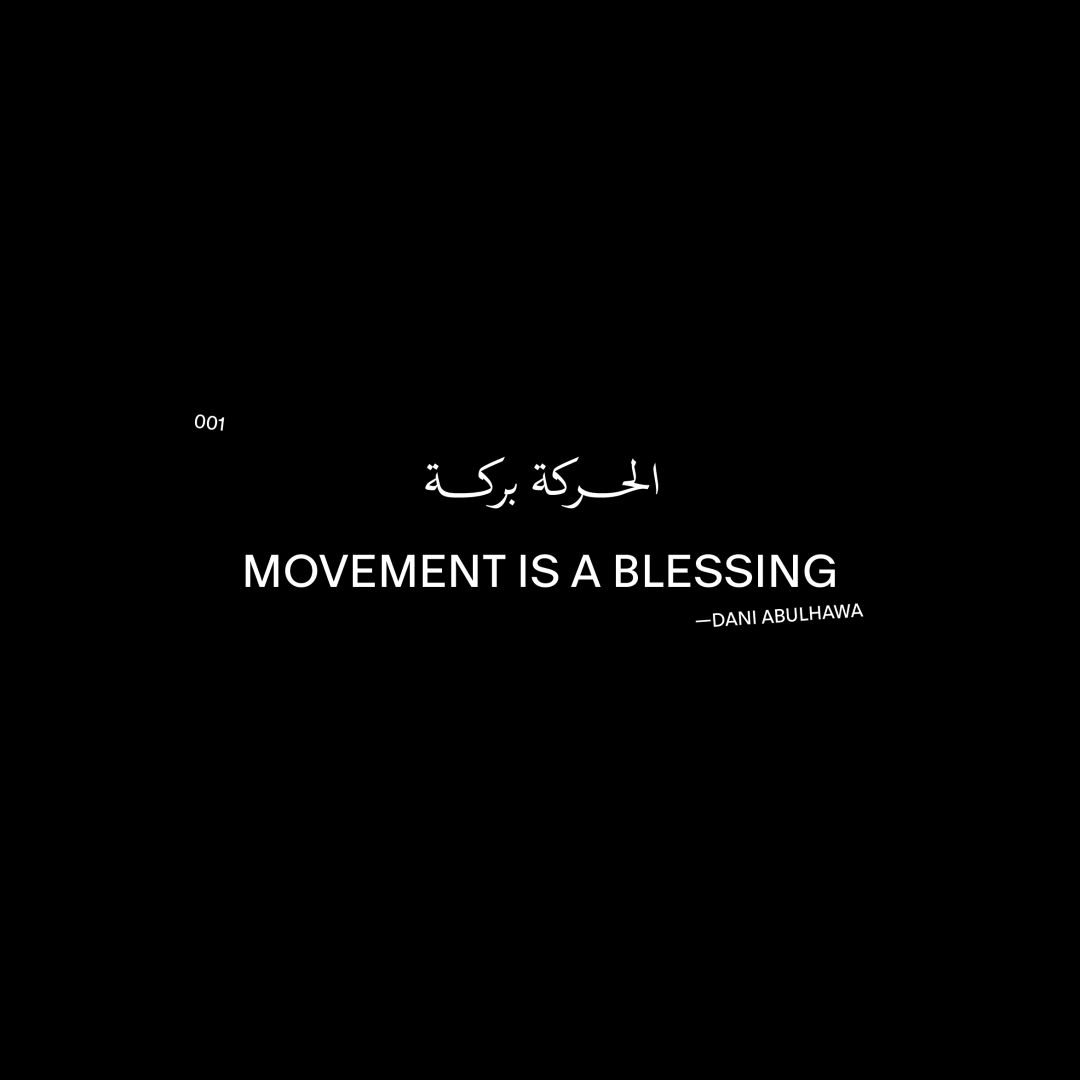
Preaching playfulness in design
I try to practice playfulness in my work because I believe that people do their best job when they’re enjoying it. I always start by exploring what can be done based on the strategic positioning we arrived at. First, we spend some time going wide, looking for ideas. Then, we narrow our creative options down.
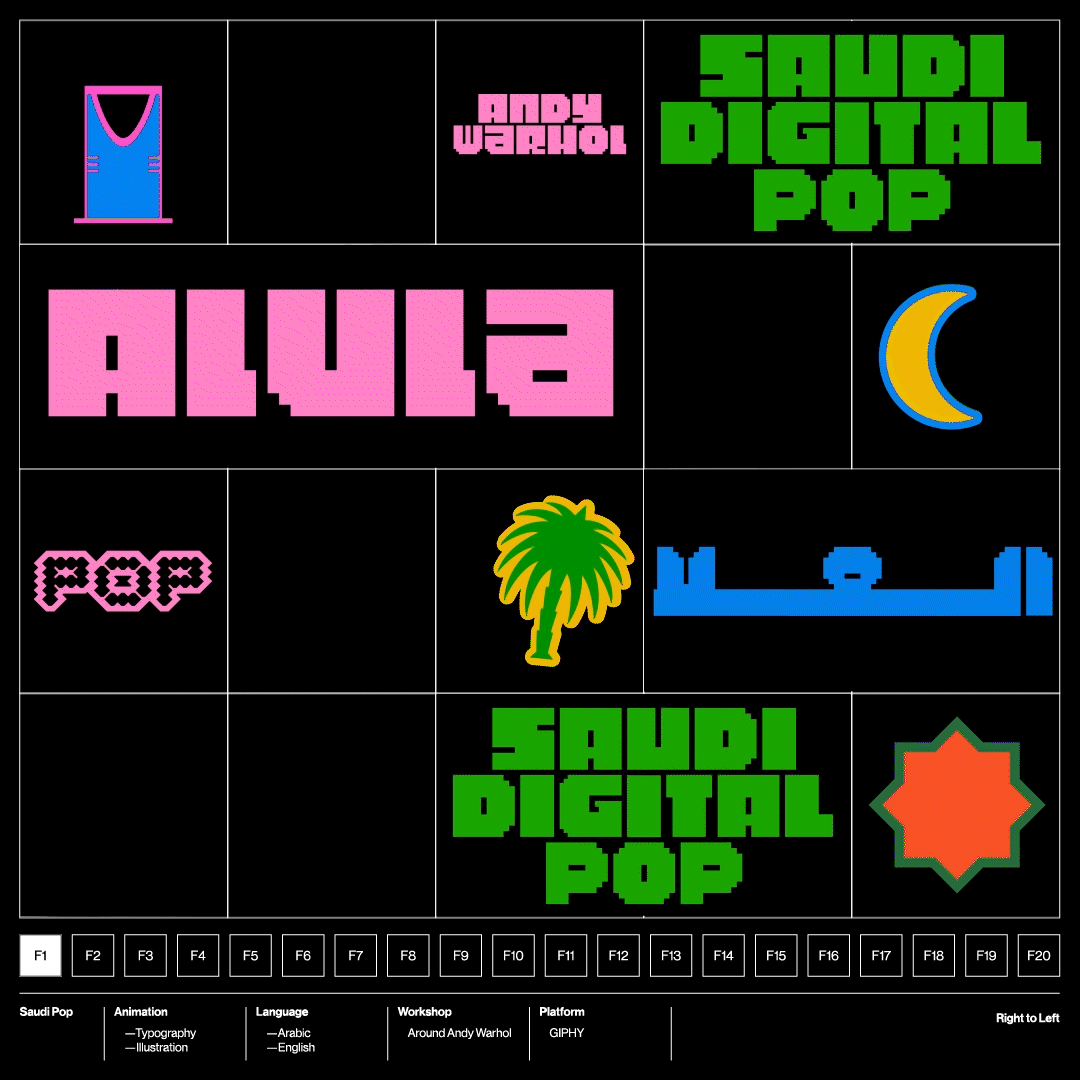
While working with non-Arabic speakers, I like to play on this knowing-not-knowing contrast: I give them a bunch of forms to play with and see what they come up with using just form.
I work a lot with type and solid forms, simplified into their core meaning and elements, and see how something might not be playful in its static form but be that way in its colors or motion.
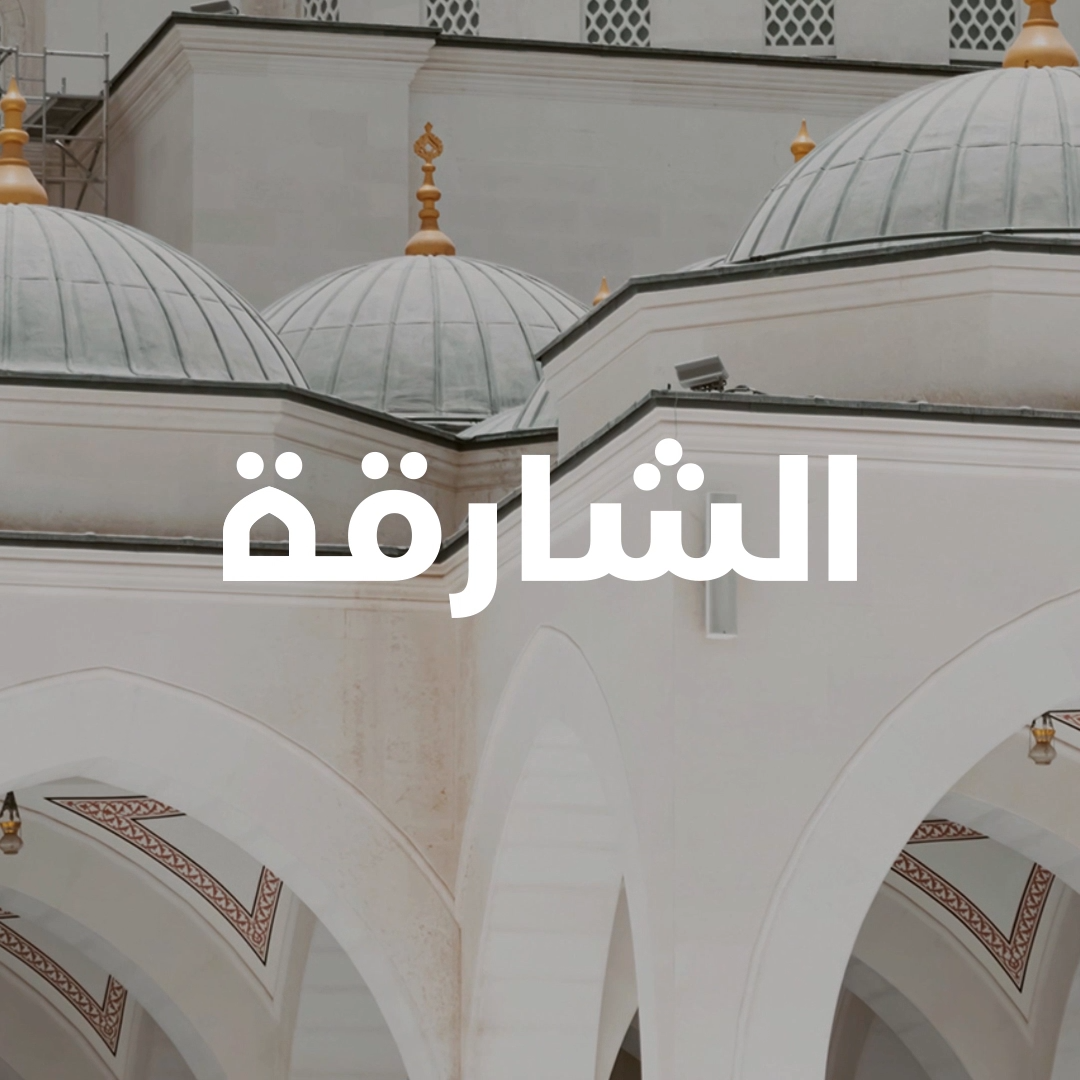
Exploring Wittgenstein’s ‘the limits of my language’ for the Design Layers conference
I am constantly exploring the idea of translation. As visual communicators, designers probably share this passion with writers, copywriters, and journalists—people communicating something to the world. We have an obsession with how clear we can be. Once we put something outside the design community, we can never really control the narrative that builds around it. Even though we always try to put our best foot forward and make the process solid, coherent, and thorough with strategy and research, a big part of the perception is cultural.
It’s just the context that determines the relevance of visual cues.
I try to consider this context gap in my work: if I get a project in a language I don’t read, I don’t assume I’ll be able to manipulate a script I don’t understand. I always engage someone native to bring their expertise and make sure we don’t miss cultural cues we are not familiar with.
Language is a way of connecting us. The world today is very divided, and a lot of things are being dumbed down to black-and-white, right-and-left, simplified, and stereotypical versions. My project, 29 Words for 29 Letters, was an attempt to get into a traveler’s mindset and shake off obvious assumptions.
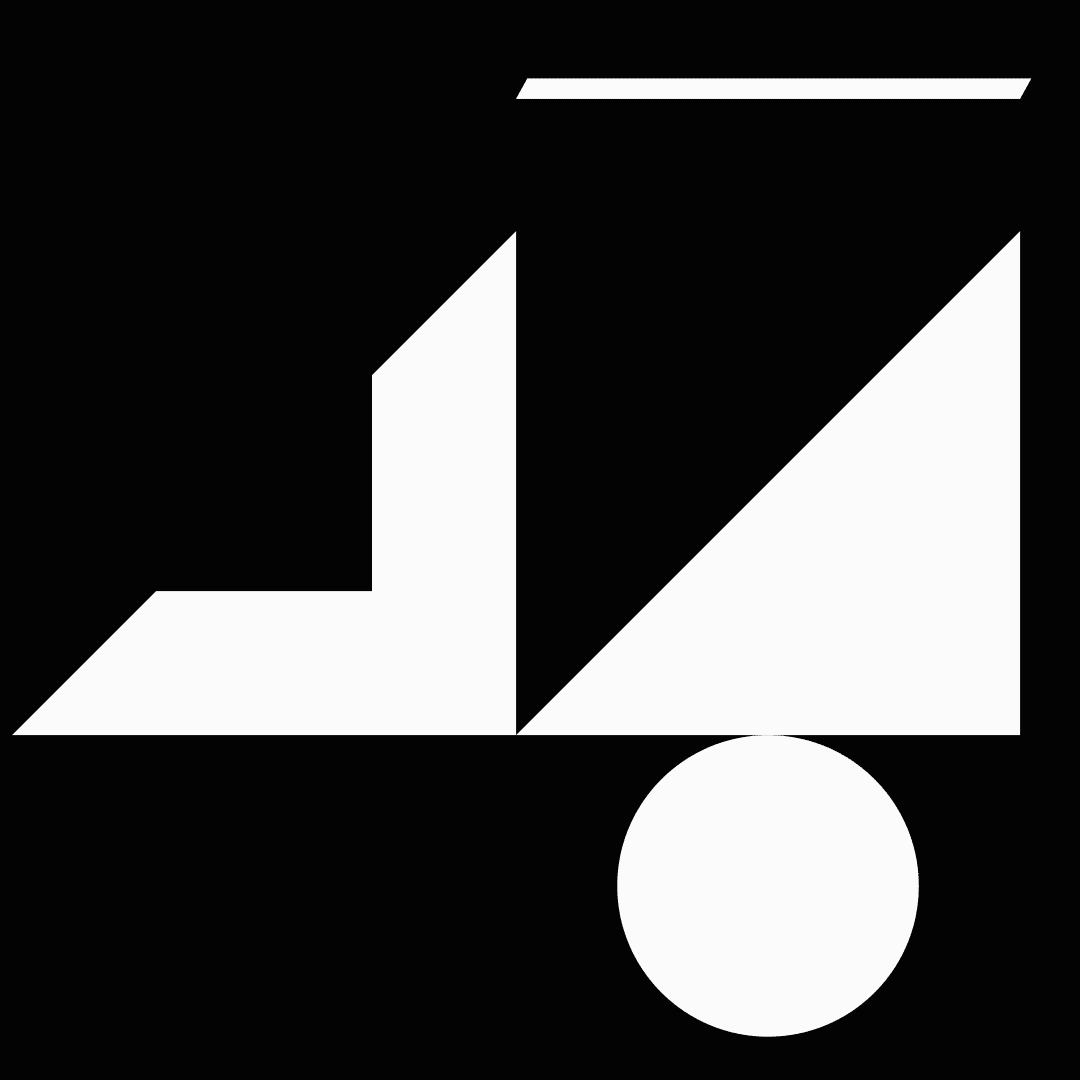
Humor is another aspect of culture that comes from a command of the language, and it’s part of why you can’t truly be the same person in two languages. A friend of mine who’d also moved to London from Beirut told me he thinks he isn’t as funny in English as he is in Arabic. A question one can ask is, which language do we dream in? And why does it change in our dreams, if in fact it does?
Celebrating design in Arab countries
If people can’t name 10 designers from the region, this doesn’t mean the area is lacking 10 good designers. To me, it’s more of a reflection of our small efforts in archiving and promotion. We have a Design Museum in London, but we don’t have a design museum in the Arab countries. Actually, the first book about design history in the Arab world was written by Bahia Shehab and Haytham Nawar only about four or five years ago, and its records stop at the year 2000. The book relies heavily on personal collections of archival materials by individuals, as opposed to public institutions.
The situation with archiving is such because the Arab world is vast and covers a huge variety of nations whose priorities in the last hundred years weren’t archiving or writing histories. Now, this whole picture is changing.
The design scene in Arab countries is super exciting at the moment for two main reasons: first, technology just started working for us. When I graduated, it was difficult to simply put some type in Arabic: fonts were clunky and few and far between, and we had to use external tools and apply several workarounds to the difference in direction. Today, it’s much better. Adobe has finally caught up with right-to-left reading directions.
Second, people today are more aware of their identity, history and personal narratives. There are some initiatives focused on documenting and archiving, like the Arabic Design Archive. Universities teach design in every big city in the Arab world, and it’s now recognized as an industry, which wasn’t the case 20 years ago. Today we have a lot of skilled young people who want to work with their native script. Perhaps it was all building up to this dynamic moment, but we’re starting to see some payoffs from the individual efforts of curious and dedicated designers.
Founding Right-to-Left agency amidst the pandemic
I’ve always wanted to have autonomy and ownership over my projects, and to deliver my vision without limitations. I talked about starting my own studio a lot over the last 10 years, but was too scared to do it. After the lockdown started, I got a bit bored, and perhaps the boredom served as the incentive to finally have a go at setting up a business. It’s always better to do something and fail than to never do it at all.
The first year was hard, but not as hard as I’d imagined. Before I started, I sat down with my partner and did a five-year financial projection. Then I put everything I had in the pipeline, rented an office, signed the lease, and hoped for the best. The worst that could have happened was that I would close up shop after six months or a year, but at least I’d be happy that I tried. However, as it turned out, things went completely the opposite way.
In 2020, I fell on statistics showing that only 3% of studios in the UK were started by women. I was surprised at the low numbers, and because of that, I’d like to encourage every woman considering setting up a design firm to just go for it. It’s incredibly rewarding. When I gave up the office after two years to join Pentagram, I realized I’d never regret setting up a studio, and that it was actually a lot easier than I thought.
Women are capable of a lot more than they give themselves credit for. We need to be braver—that’s what I learned.
Joining Pentagram for further autonomy
The best advice I got from my dad was, “Do everything you choose to do or are asked to do in the best way you can. Never cut corners; just do your best.” It’s a simple idea, but if you apply it consistently, you’ll build grit and skill.
I don’t think I’ve ever had to compromise my values to do a job—I just gravitate toward situations that fit how I like to work. I joined Pentagram because of its legacy, but also because of its business model. Pentagram has had a distinct model for around 52 years, and I love it because it’s smart: each partner chooses projects that are aligned with their individual vision and perspective, yet we share decisions, profits, and we are all equal. It’s an open forum that celebrates difference, where we debate a lot. We don’t vote by majority here—everybody has to agree on something for it to happen, and I believe that’s how the best ideas rise to the top. The model also allows me to maintain autonomy in how I work and with whom I work while being in a circle of like-minded people who support and root for each other.
Our latest passion pro bono project was the Haraka Baraka book, which just came out. It was a labor of love. We collaborated with SkatePal because we believe in their mission. Designing the book took about a year and a half, and it was entangled with the genocide happening in Palestine. Design is always a product of a context; in our case, the context changed halfway through the process on October 7th.
The Haraka Baraka book, published together with SkatePal
I’m not a politician. I’m a designer. What we do is very small. I don’t think I’ll save the world, and I don’t believe design will save the world—not with where we are right now, anyway.
In the short time I have on this earth, I do hope whoever comes in contact with my work feels a bit of joy and discovers something new.
